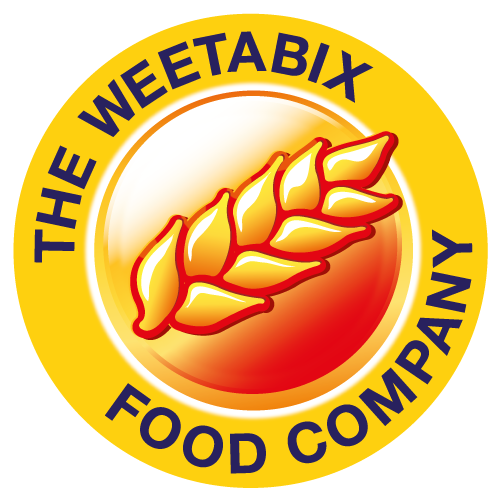Wholegrain

What we eat is a topic of our time as our food and drink choices contribute to our health and wellbeing.
Eating a varied, balanced diet as part of a healthy lifestyle is essential for normal growth and development, maintaining health and helping to reduce the risk of certain diseases and conditions.
Wholegrain Goodness...
Wholegrains are cereal grains such as wholewheat and oats that contain literally the whole of the grain. The grain consists of three parts (see diagram):
-the endosperm (starchy middle layer)
-the germ (nutrient rich inner layer)
-and the bran (fibre containing outer layer)
Wholegrains contain starch and protein as well as fibre, B vitamins and other micronutrients that are most concentrated in the germ and outer layers of the grain.
Processing refines the grain, removing parts and leading to the loss of naturally occurring nutrients such as fibre and B vitamins. Removing the bran outer layer can result in a significant loss of these nutrients and change the amount available. Many food products are made with refined grains, which provide less fibre than wholegrains. Wholegrain cereals have the nutritional benefits of all the parts.
Wholegrain includes wholewheat, oats, corn, rye barley, spelt, millet, buckwheat, brown rice
and quinoa
The Benefits...
Scientific research has shown wholegrains, particularly cereals, have health benefits. As part of healthy lifestyle, wholegrains may help to:
- Maintain a healthy heart.
- People with healthy hearts tend to eat more whole grain foods as part of healthy diet and lifestyle.
- Fibre in oats and barley has been shown to lower blood cholesterol
- Keep the digestive system healthy
- Whole grains are a good source of fibre.The amount varies from grain to grain.
- Reduce the risk of certain cancers.
- Linked with a reduced risk of certain cancers such as bowelcancer.
- Help to maintain healthy blood sugar levels
- Manage weight
- Fibre helps to fill you up.
- Wholegrains are lower in energy than other foods (kcal/g)
A diet rich in wholegrains also tends to be high in fibre and low in fat
Which foods contain Wholegrain?
As part of a healthy balanced diet, an appropriate sized serving of wholegrains should be encouraged at mealtimes.
Wholegrains belong to the starchy foods group. These foods provide energy, fibre and key vitamins and minerals such as B vitamins and zinc and phytochemicals (plant components).
Choose wholegrain foods when you shop by looking for the word ‘wholegrain’ on either the ingredients label or the front of the pack.
Examples of wholegrain foods are:
- Wholegrain breakfast cereals
- Brown rice, whole wheat pasta, oat cakes, wholegrain breads like rye,
Here is an example meal plan to see just how easy it is to include wholegrains:
Breakfast
- Bowl of fortified ) with milk
- Fruit (fresh/canned in juice/dried)
- Unsweetened tea/coffee/water
Mid-morning
- Handful unsalted nuts • Water
Lunch
- Flaked salmon, brown rice and bean salad
- Green side salad (cereal bowl full of mixed salad leaves)
- Fruit (fresh/tinned in juice/dried)
- Water
Mid-afternoon
- Oat cakes
- peanut butter or lower fat soft cheese or hummus
- celery/cucumber/cherry tomatoes/peppers
- Water
Evening meal
- Lean, skinless chicken, cashew and vegetable stir fry with wholegrain noodles
- Reduced fat Greek yoghurt with sprinkle of seeds
- Water
Evening/bedtime
- Plain popcorn
